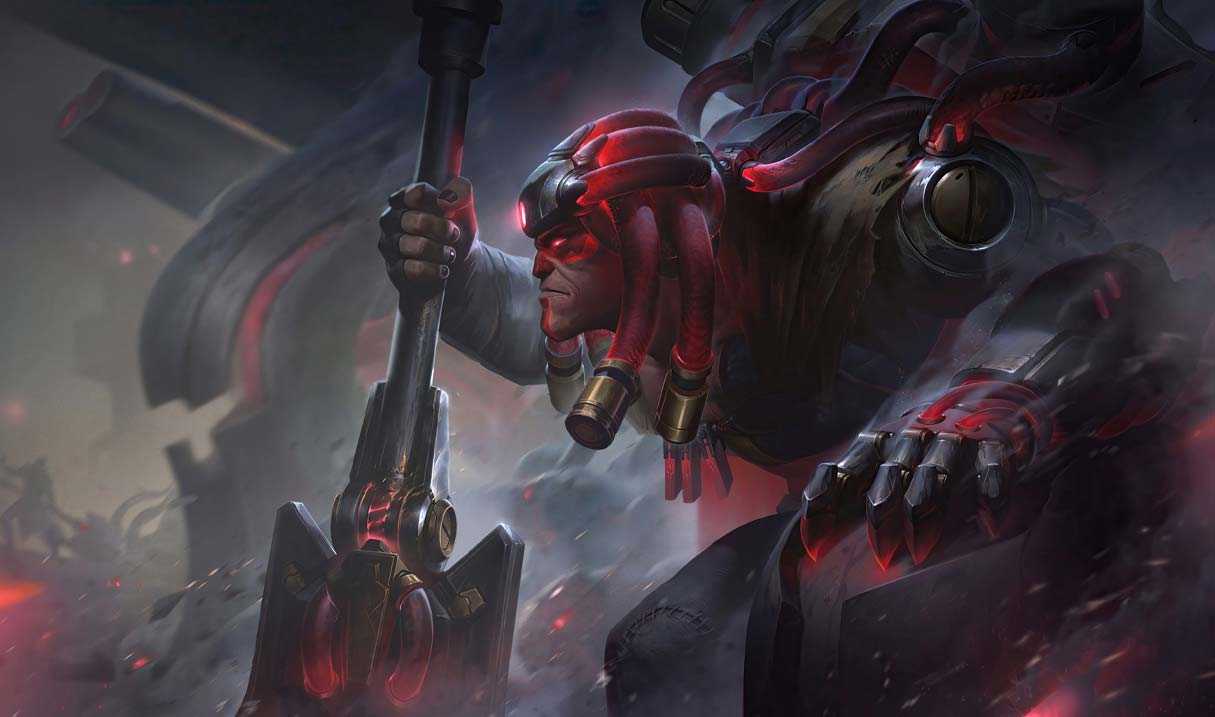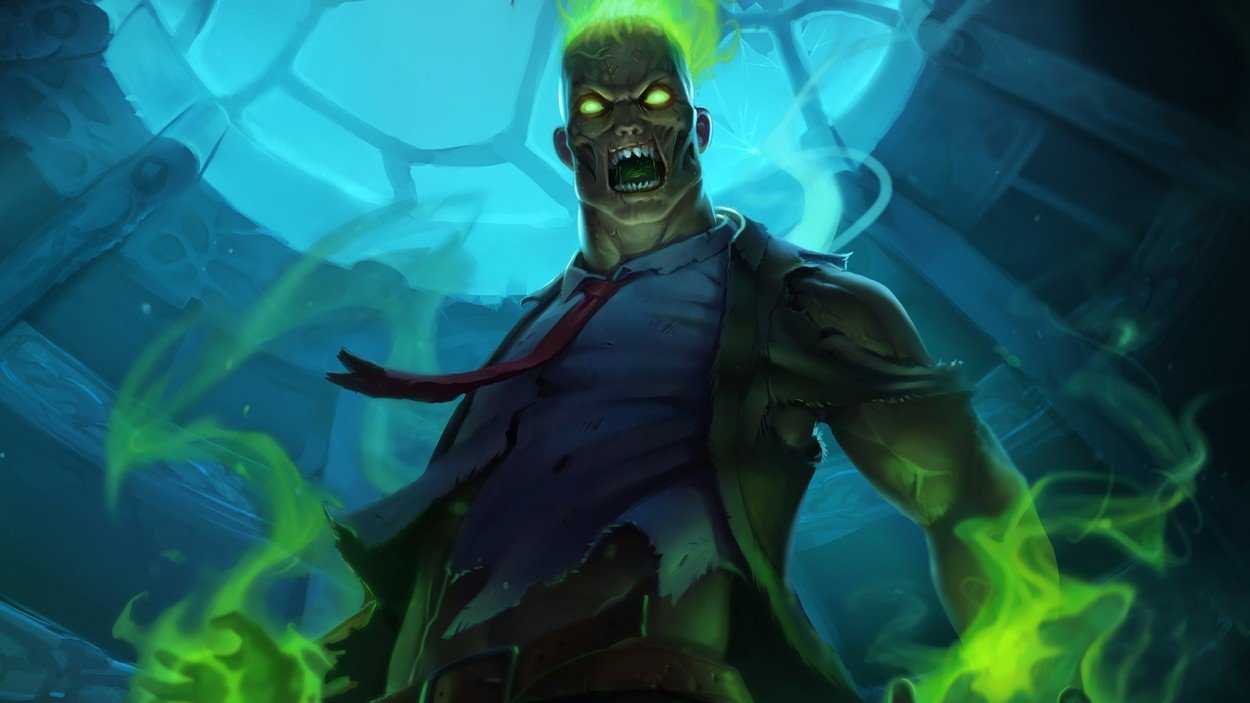An In-Depth Analysis of Deaths in League of Legends
We go over what happens when you die in League of Legends, and how to punish deaths.
We go over what happens when you die in League of Legends, and how to punish deaths.
If you've been following my recent articles, I talk a lot about how dying is really bad. For newer players, it seems like dying isn't that bad. This is because they don't realize how deaths not only affect you and your gameplay, but how it affects the whole game including your team and the enemy team. In this article, I'll be going over what exactly happens when you die in League of Legends, the specifics behind deaths, and how you can use enemy deaths (and potentially teammate's deaths) to get ahead in the game.

This may seem like simple stuff but we're just going to touch on it so everyone's on the same page. A champion will die whenever their health is taken to zero. Champions participating in an enemy champions death will receive gold. A summoner's screen is shaded gray, and their champion will not be able to act in any way until the death timer, which shows on your champions icon. When that timer reaches zero, then the champion will respawn in the allied team's fountain. When all five champions of one team are dead at the same time, that is an ace for the other team. In certain champion and item situations, death events may occur. We'll touch on some of those in Part 4.
Now that we've gotten the basics out of the way, we can get into what happens when you die. We've all been in situations where we're walking back to lane just to meet our laner who just killed us, only to be killed by them once again. Frustratingly, we'd probably all complain about how their champion is broken and shouldn't be in the game. But if we step back and look at what actually happens with a death, we can see that it's not that simple.
- This comes within many forms of just one death. If you die in a solo lane (or a duo lane both dies), then the enemy champion that deals the final blow receives kill gold (calculated in part 2). This is baselined at 300 gold, 400 gold for a first blood, plus more for shutdowns and assists onto allied champions. But it doesn't end there. If the enemy is healthy enough, then they might stay in lane and kill more enemy minions, turret plates, or jungle monsters. This would also give them more experience.
- When one pushes those minion waves further down their lane, they soak up experience. This can easily snowball because one or two deaths usually means a minimum of being one level down, and sometimes two levels down. This will allow the enemy to be solely more powerful than they were whenever you already died, and that's not even with them spending their gold.
- Gold and Experience are two of the more important factors of why you shouldn't die, but Objectives also fits into this section. If a team scores an ace while the Baron Nashor is alive, it would be smart for them to kill the Baron for the Baron buff if they are healthy enough to kill it. Then the team that all died would be in a severely worse position than they were before.
This is the nitty-gritty part of this article, that talks about the math of how death timers and gold bounties are determined. In short, the further ahead you are above the other team, the more shutdown gold you will have. The higher level you are and the longer the game goes on, the longer your death timer will be. Feel free to skip over the rest of this section if you're not willing to take on the headache of further understanding deaths.
Base re-spawn time (BRW), or Death Timers, are based on level which is 52.5 at level 18. Then, there are other formulas (Source: LoL Wikia).
BRW = Level × 2.5 + 7.5
From level 1-6, BRW = [level] × 2 + 4. (BRW will be 6-16 seconds)
At Level 7, BRW = 21 seconds
From Level 8 - 18, BRW = [level] × 2.5 + 7.5 (BRW will be 27.5 - 52.5 seconds)
Between 15min & 30min: Total respawn time = BRW + ((BRW / 100) × (current minutes - 15) × 2 × 0.425).
Between 30min & 45min: Total respawn time = BRW + ((BRW / 100) × (current minutes - 15) × 2 × 0.425) + ((BRW / 100) × (current minutes - 30) × 2 × 0.30)
Between 45min & 53.5min: Total respawn time = BRW + ((BRW / 100) × (current minutes - 15) × 2 × 0.425) + ((BRW / 100) × (current minutes - 30) × 2 × 0.30) + ((BRW / 100) × (current minutes - 45) × 2 × 1.45)
Past 53.5 minutes: Max re-spawn time: 150% * BRW.
Fortunately for us, you won't have to do any of this math whenever you die in League of Legends, because Riot Games has already done it for us. To calculate bounties, I encourage you to look at RealZesty's bounty guide here for more information.

Feel like a zombie after reading all that? Take a break here if you need one.
Luckily, the enemy team can die as well. You can use this to your advantage. When someone dies on the enemy team, most of the time you gain pressure for that kill, even if it was across the map. If the top laner of the enemy team dies, you have an advantage bot lane, because the threat of your top laner to get into your lane whether it's a Teleport, or they just walk down there. The pressure forces the other team to back off or face a fight that they may be at disadvantage for. You can use this pressure to your advantage to secure objectives such as Dragons or Rift Herald/Baron, or even Turret Plating and turrets. Sometimes it's even good when your teammates die. If your top laner is pushed up to the inner turret and attracts four or five members of the other team, then use that advantage to get the outer turret because you know no one is there to stop you.
This is where we gain the advantage. Now that we know the system behind dying we can manipulate some of the game state to die less, and to put ourselves into a more advantageous position. It all comes down to playing safe. The simple ways to do this is to buy items or play champions that allow us to circumvent deaths. Champions like Trydamere, Ekko, and Kayle all have good ultimate abilities to stop from dying. Also buy a Guardian's Angel or a Stopwatch if you can fit either into your builds if you're really worried about dying.
The better, more consistent ways of not dying is by knowing your champion's limits, the enemy champions' limits, and where to position yourself in fights. If you're a champion that dishes out damage but doesn't have as much health, then you should try to fight behind your front line so the enemy team will have a much harder time getting to you. If you're a tankier champion, then you should focus on keeping your back line alive while also staying alive yourself, mainly by buying items that will be make you more resistant to the enemy champions. Whenever you do die, you should also look at your death report and see who's doing what type of damage, and build accordingly.
Dying in League of Legends is obviously bad. But most people don't realize how malleable the game is. If you're not aware of all what happens whenever you die, then the game can quickly seem lost. On the flipside, it's important to gain the biggest advantage possible by punishing the deaths of the enemy champions. Now you know how to specifically achieve that goal of not dying and punishing deaths.